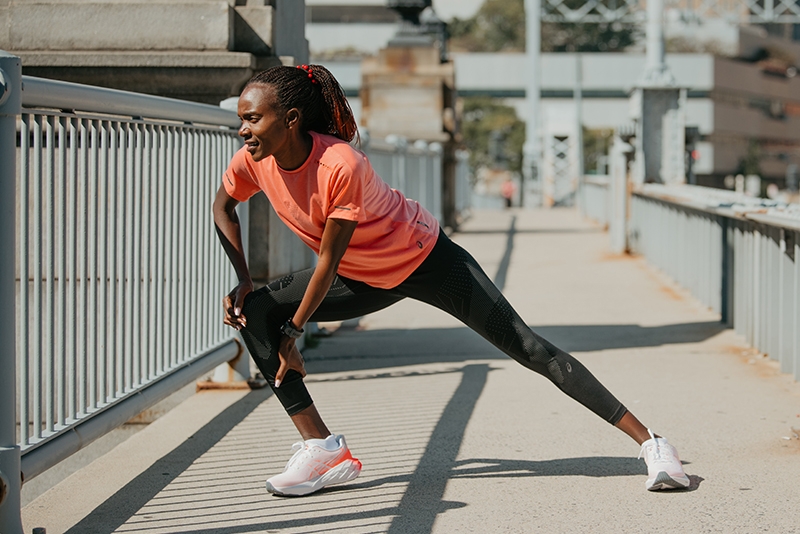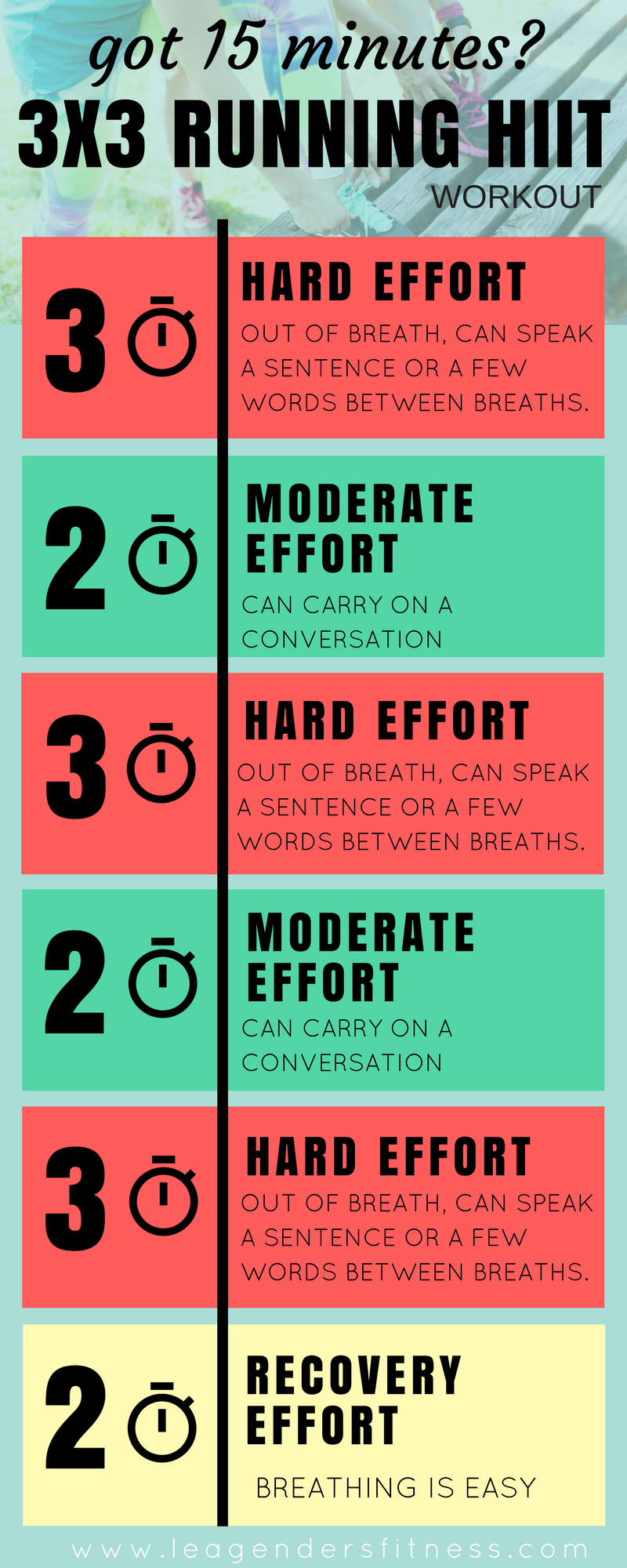Raise Your Running Strategy with Proven Techniques
Raise Your Running Strategy with Proven Techniques
Blog Article
Handling Usual Running Discomforts: Reasons, Solutions, and Prevention
As joggers, we usually encounter various discomforts that can prevent our performance and satisfaction of this physical task. By discovering the root reasons for these running pains, we can reveal targeted solutions and precautionary steps to make certain a smoother and a lot more meeting running experience.
Common Running Discomfort: Shin Splints
Shin splints, a typical running discomfort, commonly result from overuse or improper shoes throughout physical activity. The repeated tension on the shinbone and the cells connecting the muscle mass to the bone leads to inflammation and pain.
To prevent shin splints, people must gradually boost the intensity of their workouts, wear ideal shoes with proper arch support, and preserve versatility and stamina in the muscles surrounding the shin (running strategy). Furthermore, incorporating low-impact activities like swimming or biking can assist keep cardio fitness while allowing the shins to recover.
Common Running Pain: IT Band Disorder
In addition to shin splints, an additional widespread running pain that professional athletes typically encounter is IT Band Disorder, a problem triggered by swelling of the iliotibial band that runs along the external upper leg and knee. IT Band Disorder typically manifests as pain on the exterior of the knee, specifically during tasks like running or cycling. The iliotibial band is a thick band of fascia that connects the aware of the shin, and when it comes to be irritated or limited, it can scrub against the thigh bone, leading to pain and discomfort.
Joggers experiencing IT Band Syndrome might observe a stinging or hurting experience on the outer knee, which can get worse with continued activity. Elements such as overuse, muscle discrepancies, incorrect running form, or inadequate warm-up can contribute to the advancement of this condition.
Common Running Pain: Plantar Fasciitis

Plantar Fasciitis can be attributed to numerous variables such as overtraining, incorrect shoes, working on hard surface areas, or having high arcs or level feet. To protect against and alleviate Plantar Fasciitis, joggers can a knockout post integrate stretching exercises for the calves and plantar fascia, wear supportive shoes, maintain a healthy weight to decrease stress on the feet, and progressively enhance running strength to stay clear of abrupt stress and anxiety on the plantar fascia. If signs continue, it is advised to get in touch with a medical care specialist for proper diagnosis and therapy alternatives to attend to the condition effectively.
Usual Running Pain: Jogger's Knee
After attending to the obstacles of Plantar Fasciitis, another prevalent concern that joggers often face is Runner's Knee, a common running pain that can impede athletic efficiency and create discomfort throughout physical task. Jogger's Knee, additionally called patellofemoral discomfort disorder, manifests as discomfort around or behind the kneecap. This problem is frequently credited to overuse, muscle discrepancies, inappropriate running methods, or troubles with the alignment of the kneecap. Runners experiencing this pain may really feel a plain, hurting pain while running, going up or down stairs, or after long term periods of resting. To protect against Runner's Knee, it is critical to incorporate correct workout and cool-down regimens, maintain strong and well balanced leg muscles, use proper footwear, and gradually increase running strength. If signs linger, seeking advice from a health care professional or a sporting activities medicine professional is advised to diagnose the underlying reason and develop a customized treatment plan to relieve the pain and stop more difficulties.
Common Running Discomfort: Achilles Tendonitis
Typically afflicting joggers, Achilles Tendonitis is an agonizing condition that affects the Achilles tendon, causing discomfort and potential constraints in exercise. The Achilles ligament is a thick band of cells that connects the calf bone muscular tissues to the heel bone, essential for activities like running, leaping, and walking - click site. Achilles Tendonitis typically creates because of overuse, improper shoes, insufficient stretching, or sudden increases in physical activity
Signs of Achilles Tendonitis include pain and stiffness along the ligament, specifically in the early morning or after durations of lack of exercise, swelling that aggravates with activity, and potentially bone stimulates in persistent situations. To avoid Achilles Tendonitis, it is important to stretch correctly before and after running, wear suitable shoes with correct assistance, slowly increase the intensity of workout, and cross-train to minimize repetitive stress on the tendon. Treatment might include rest, ice, compression, elevation (RICE protocol), physical treatment, orthotics, and in serious cases, surgery. Early treatment and proper treatment are critical for handling Achilles Tendonitis effectively and preventing lasting problems.
Final Thought

Report this page